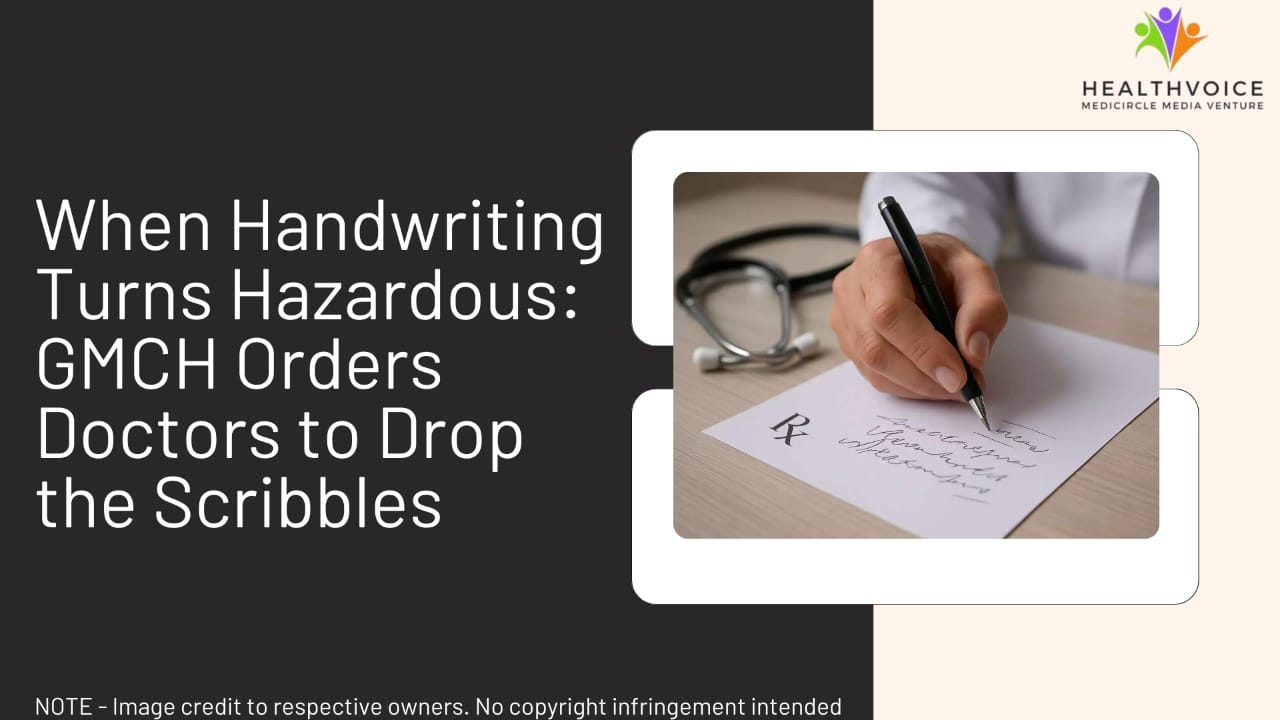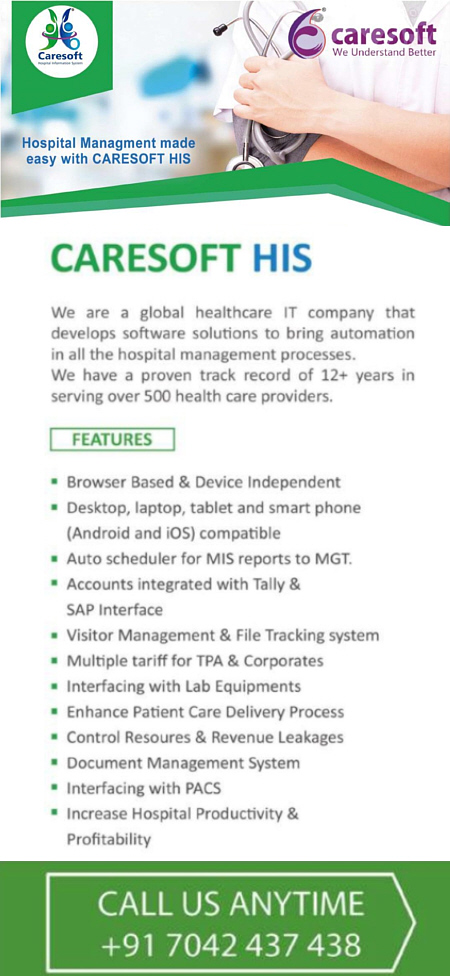When Handwriting Turns Hazardous: GMCH Orders Doctors to Drop the Scribbles
Medical education must teach prescription writing, record keeping, medical documentation as core skills, not optional add-ons.

They say that one should never judge a book by its cover. Yet in the corridors of GMCH Sector 32, Chandigarh, patients have been judging their fate by a doctor’s handwriting. A single illegible word in a prescription can mean wrong medicine, wrong dose, or even a near-fatal error. For years, this has been a silent crisis. Now, the Government Medical College and Hospital has ordered that doctors must prescribe in legible capital letters or use computerised printouts. The order, issued under Supreme Court and National Medical Commission (NMC) guidelines, aims to make prescriptions readable at a glance, to save lives and protect rights. What seems like a small change is in fact a shift in how medicine and patient safety will be understood in India.
Dr G. P. Thami, Director-Principal of GMCH, has made compliance compulsory, asking all departments to enforce the rule immediately. Heads of departments have been explicitly instructed to ensure there is no laxity. This mandate is not just internal policy; it comes backed by data, pleas, and legal rulings. The Punjab & Haryana High Court has declared that legible medical prescriptions are integral to the Right to Health under Article 21 of the Constitution. The court observed that unreadable handwriting in prescriptions or medico-legal reports has endangered lives and kept patients in the dark. These are not hypothetical dangers but lived realities. When patients cannot read what is written, when chemists must guess what was meant, mistakes multiply. The HC has directed that until full digital prescriptions are in place, doctors must write prescriptions in capital letters. GMCH’s order follows this ruling and aligns with the NMC’s 2023 guidelines that urge standard formats, printed or typed prescriptions, with legibility as key.
Medical errors arising from illegible prescriptions are well documented in global literature. In India too, several audits have shown that poor handwriting, missing dosage instructions, ambiguous abbreviations, and indistinct signature lines are among the leading causes of drug dispensing errors. These errors can lead to adverse drug reactions, hospital readmissions, or worse. Patients are vulnerable because once errors happen, it is hard to trace responsibility. Chemists sometimes lack the authority to question unclear prescriptions. Clinical settings do not always mandate clarity, so chaos becomes normalized. When prescriptions become puzzles, safety is compromised.
The legal basis that GMCH’s directive rests on is robust. The High Court of Punjab & Haryana, in its recent judgment, went beyond policy and asserted that legible prescription and diagnosis notes are not optional, they are part of fundamental rights. Justice Jasgurpreet Singh Puri linked illegible writing to patient rights under Article 21. He recognized that the legacy of unreadable hand-writing, traditionally seen as a harmless inconvenience, is in fact a threat to life and dignity. The court asked states to hold district-level meetings, instruct doctors, and adopt technology. It asked PGIMER to roll out e-prescription systems. It asked medical education bodies to integrate legibility and clarity into curriculam. GMCH, being a leading government institution, has chosen to act on this mandate.
For GMCH, enforcing this directive will require strong internal audit and oversight. Heads of departments must monitor compliance, correct deviations, and ensure feedback loops. Doctors must accept that clarity is part of professionalism. Training sessions, peer review, prescription audits, even peer penalties may be needed to shift habits formed over decades.
Medicine is built on trust. When a doctor signs a prescription that no eyes but his own can read, trust breaks. Patients are forced into blind faith when clarity should be explicit. The Right to Health includes the right to understand one’s treatment. Informed consent, transparency, autonomy, all require that a patient sees what is prescribed. GP Thami’s order elevates the experience of patients: ensuring they are not passive recipients but active partners in their care. Legibility is not trivial. It is basic respect.
GMCH’s action also reflects broader medical-legal trends. Courts across India have increasingly held that ambiguous medical documentation harms justice, especially in medico-legal cases. In one case that triggered the HC’s recent ruling, the medico-legal report for a rape case was returned because it was unreadable. In that instance, nobody could determine what treatment was given, what diagnosis was recorded and vital facts vanished behind sloppy handwriting. Legal proceedings, patient rights, and public trust depend on clear medical records. Rendering prescriptions and notes legible is part of ensuring accountability, especially when courts, patient advocates, and civil society demand transparency.
Moving forward, GMCH’s prescription mandate should be a trigger for systemic change across India. NMC should monitor which medical colleges have adopted legible prescription norms. Medical regulators should make prescription clarity part of licensing criteria. Medical education must teach prescription writing, record keeping, medical documentation as core skills, not optional add-ons.
In the end, GMCH’s bold decision is a small transformation with vast implications. It transforms pen from a weapon of confusion into an instrument of clarity. It moves medicine one step closer to dignity, safety, and partnership. When prescriptions become readable, patient safety improves, trust grows, and medicine regains some of its forgotten art. This change is more than compliance, it is care. And in a profession built on care, every word, every letter, matters
 Sunny Parayan
Sunny Parayan
#healthvoice #PatientSafety #RightToHealth #HealthcareReform #MedicalEthics #SafePrescriptions #DoctorsOfIndia #HealthcareJustice #TrustInHealthcare #HealthRights #MedicalAccountability #DigitalHealth #NMCGuidelines #HealthcareTransparency #PatientFirst
